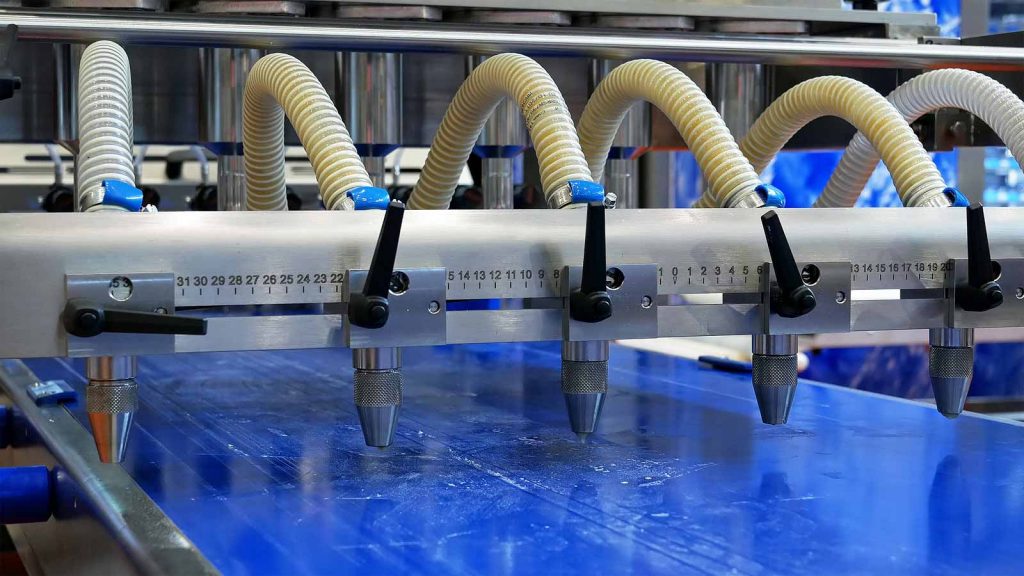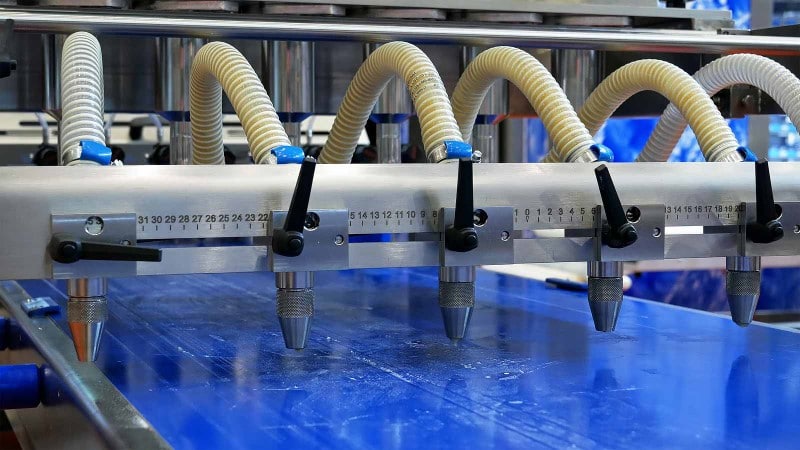
Alongside the development of the food processing plant comes the worsening of the FOG (fats, oils, grease) problem. There are myriads of food processing plants all over the United States and they are all contributors to the crisis at hand. There is a pretreatment ordinance for every state. In this ordinance every food processing plant is mandated to have a grease trap installed within their premises.
The food processing plant owner should have a permit released by the Department of City Sewers so that necessary logging and recording can be made upon every use of the grease trap. There are combined technologies that should be present in the food processing plants:
- Active technology
- Device for grease recovery (approved)
- Device for solid transfer (approved)
- Passive technology
- Grease interceptor (approved)
- Grease trap, in-ground (approved)
Pretreatment of the wastewater in the food processing plant is important to maintain the integrity and sanitation of the vicinity and of the processes used. It is highly vital to have an uncontaminated processing plant. Any small bit of harmful bacteria could easily spread throughout the entire plant and result to a major health issue once the products are released to be consumed. The pretreatment process is a means of controlling the pollutants that enter the wastewater treatment system. It is clearly necessary that a grease control system should be installed in the food processing plant so that there would be a minimal amount of grease and solid wastes that join the wastewater. This will protect the sewer lines from being blocked by the FOG and ultimately, prevent backing up of untreated wastewater in to the plant itself.
When food processing grease removal is not implemented ideally, then there will be large fines to pay and lawsuits to face. Food processing plants are considered huge contributors to the FOG crisis because of poor maintenance. If the implementation of the pretreatment ordinances needs to become effective so that there will not be an excessive amount of FOG that’s discharged into the sewers. The food processing plants themselves will benefit from food processing grease trap removal indicated in the ordinance because if there is no FOG overflow, their operation will be continuous and their level of sanitation is maintained at a high level.
The most effective means of food processing grease removal is through the use of bacteria. Generally, there are two processes that involve the use of these useful microorganisms—bioaugmentation and bioremediation. Bioaugmentation is the process that uses a selected strain of bacteria in digesting the FOG and other contaminants. Bioremediation is the process of using non-pathogenic bacteria in converting the FOG into less harmful forms.
There are convenient forms of bacteria that are used for food processing plant grease removal. There are liquid bacteria, bacteria blocks, bacteria pumps, powdered bacteria, and bacteria grease trap tablets. Liquid bacteria are just simply poured into the grease trap to eliminate the FOG and solid wastes. Bacteria blocks are tied in the grease trap and are suspended until they dissolve. Bacteria pumps are automated and provide doses of bacteria by time intervals. Powdered bacteria are convenient because they are easily shipped out and stored. Bacteria tablets are sustained-release that gives buffers, nutrients, activated oxygen, and non-pathogenic aerobic bacteria to deodorize, clean, and maintain the grease traps with less time. This makes the food processing plant work more efficiently and more continuously.
With the use of bacteria in food processing grease removal, processed foods are protected from contamination. Everyone can be sure that what they eat or drink are indeed safe and healthy.
